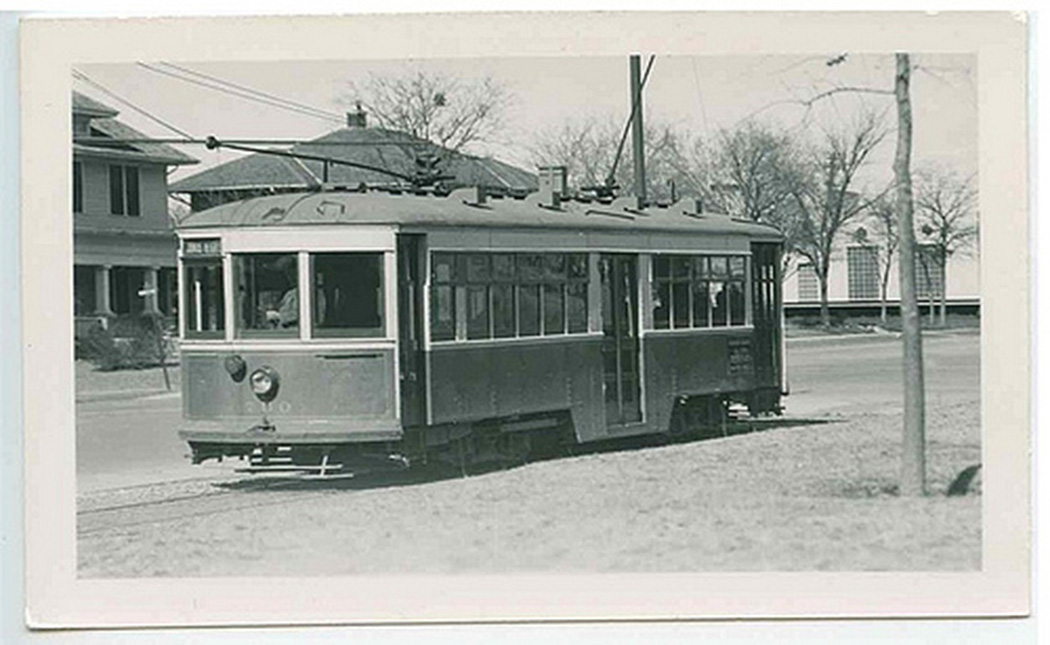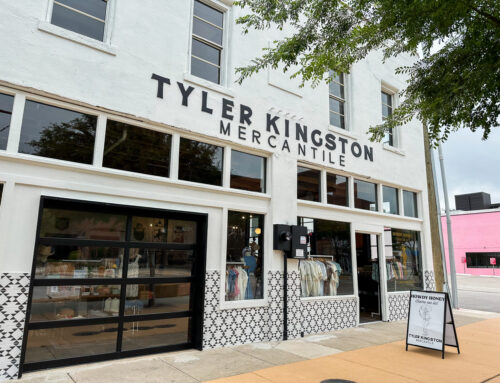
Junius Heights streetcar. Photo by Danny Fulgencio.
Editor’s note (April 15): A previous version of this story incorrectly included a photo of a home not in Junius Heights. The photo has been replaced.
The Junius Heights Historic District is applying to be in the National Register of Historic Places.
This would provide the neighborhood with national recognition, allow it to apply for grants and even give residents some bragging rights, said Rene Schmidt, the vice president of Zoning and Historic Preservation for the historic district.
Junius Heights was designated as a Dallas Landmark District in 2006.
Spanning 185 acres, the district was developed in the early 1900s, spurred by the expansion of streetcar lines. The area contains more than 750 buildings, and each has to be photographed and documented. That’s a change in the criteria; previously, Schmidt said, the district would only need to present representative photographs and a history of the area.
Noel Aveton, the president of the historic district, has already photographed the buildings. Now, the neighborhood is working to collect information about each one, including architectural features and styles, date of construction and location by latitude and longitude.
A neighborhood committee, which includes Junius Heights homeowner Eric Graham, is leading the research efforts. Graham previously compiled a guide to help neighbors research their homes.
Schmidt said he hopes they can have the application process, which began around six months ago, completed by the end of the summer.
“As we go through the process, we learn different, interesting stories about the buildings and the people who live there, and it gives us a window into the past,” Schmidt said.
Applications must be submitted first to the state and then to the National Park Service within the Department of the Interior for final approval, he said.
If approved, Junius Heights Historic District would join several other East Dallas sites in the register, including the Swiss Avenue Historic District, the Bella Villa Apartments, the Bromberg House, the Continental Gin Building, the DeGolyer Estate, Fire Station No. 16 and the Munger Place Historic District.
As of the end of 2020, more than 96,000 properties across the country were listed in the National Register of Historic Places.





